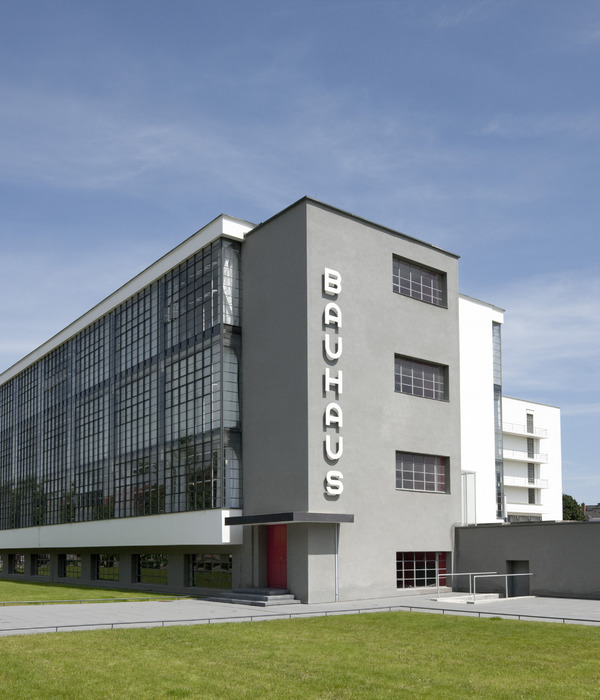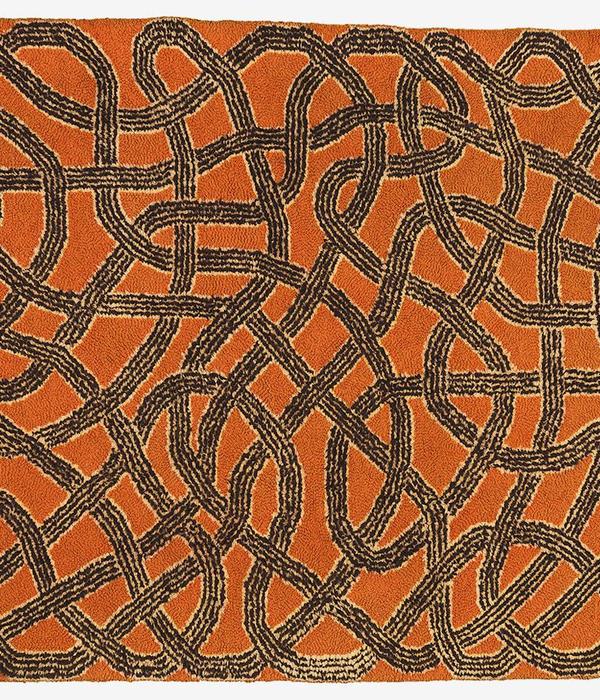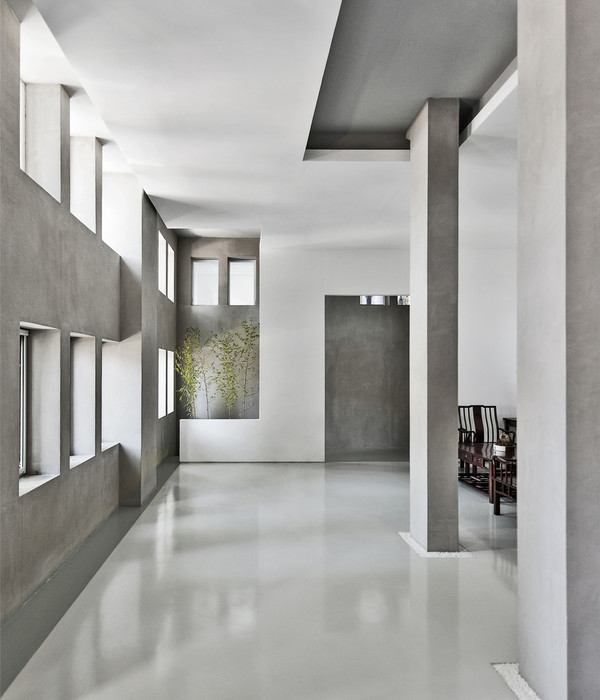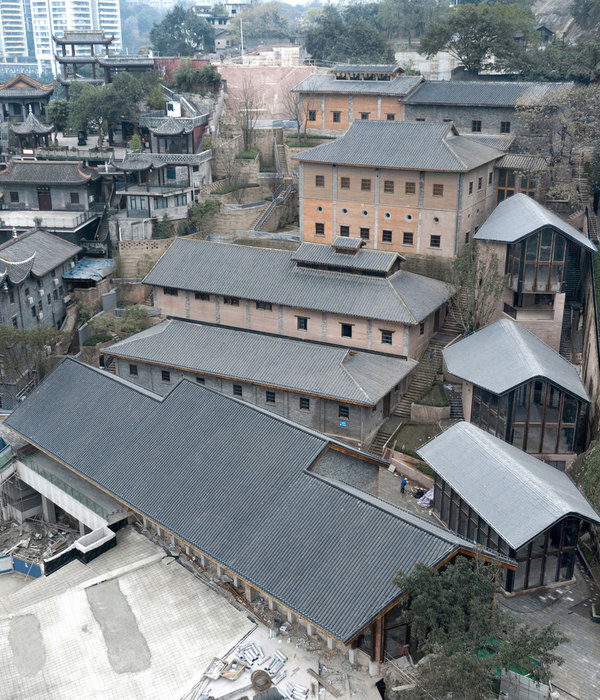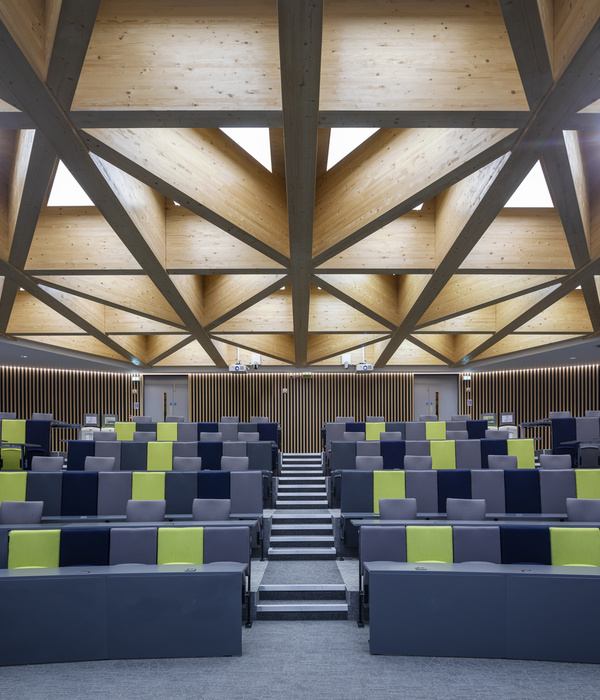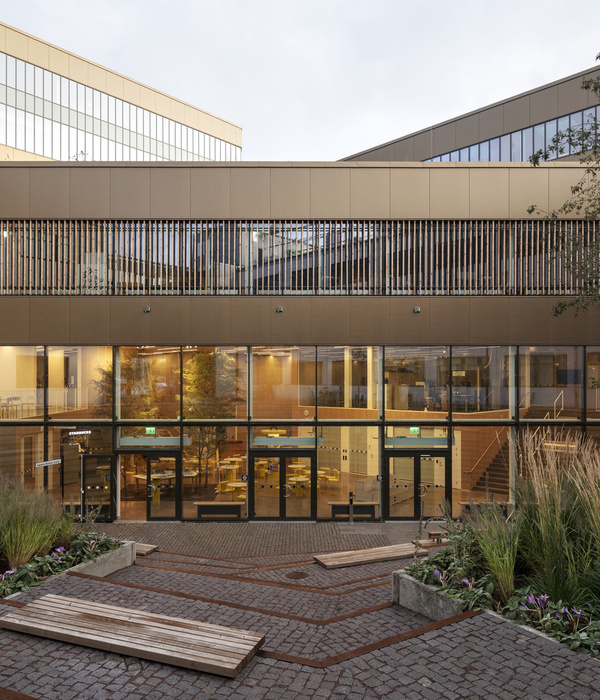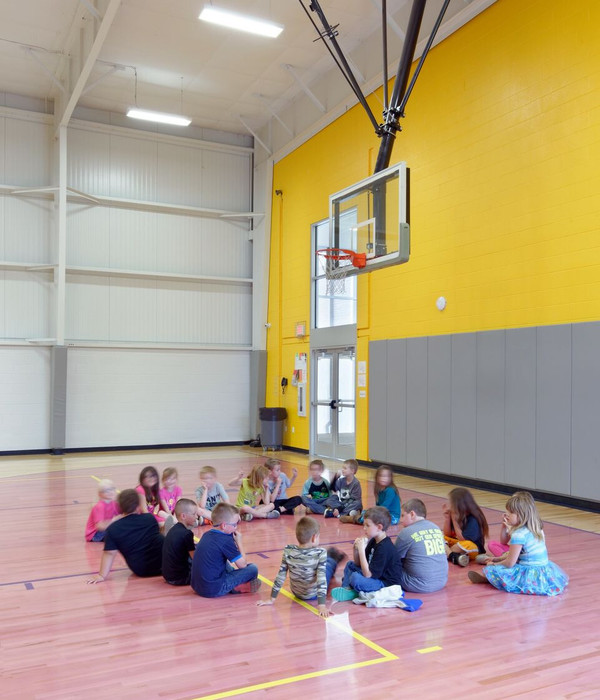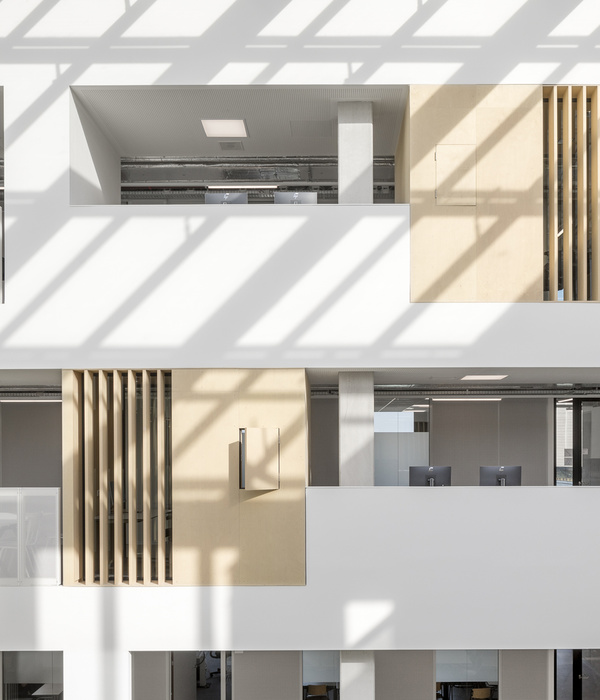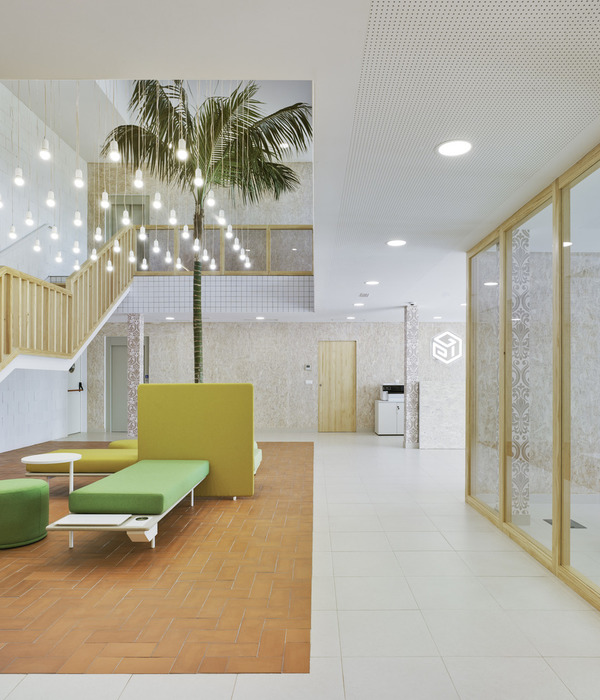The Mexican architectural and interior design firm Habitación 116, founded in 2002 by architects Rafael Rivera and Javier Claverie, is characterized by the following aspects:1. Adapting to new energy-saving standards;
2. Updating bathroom standards;
3. Updating accessibility for disabled persons;
4. Reducing the ratio of students to available space due to the decreasing population of students.
The school, built in the 1980s, has an incomplete project that has never been completed. The current physical state of the building reflects its age, with worn-out walls, evident signs of moisture and deterioration, and leaky roofs. The school’s interior layout is rigid, with anonymous classrooms, poorly lit and ventilated, and often overcrowded.
The proposal for the school’s modification and expansion includes the following points:1. Unifying the primary and secondary schools of the city;
2. Expanding the sports facilities for students and the local community;
3. Proposing a more suitable space for the current teaching methods and the characteristics of the new millennium’s students;
4. Integrating the school with the surrounding park and garden areas for educational purposes;
5. Implementing energy-saving measures and passive design strategies;
6. Updating the school’s technical facilities to meet current standards.
The current gymnasium is insufficient for the needs of the school and the community, with outdated locker rooms and limited space for various sports activities. The proposal aims to address these issues by expanding and renovating the gymnasium to accommodate the growing number of sports clubs and activities in the area, as well as to provide better facilities for the students and local community.
In terms of technology, the project aims to achieve an A-class energy-efficient rating by implementing various energy-saving measures, such as solar panels, solar thermal systems, and energy-efficient lighting and HVAC systems.
The project also includes plans to update the school’s sports facilities, such as the gymnasium, to accommodate the increasing demand for sports activities and clubs in the area, as well as to provide better facilities for the students and local community.
Overall, the proposal seeks to create a more integrated, energy-efficient, and accessible school environment that caters to the diverse needs of the students and the local community while reflecting current teaching methods and standards.
{{item.text_origin}}

